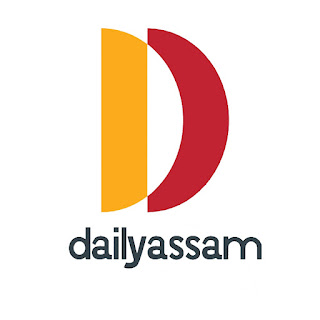Chapter 11
Social movements
1. 1. Very short Q&A:
(a) Fill in the blanks:
Question 1: The Dalit class is called a caste in the Constitution.
Question 2: The man of Harijan's meaning.
Question 3: Dalits were included as Scheduled Castes in the Constitution of India in
Question 4: A movement is a movement by a particular section of society .
Question 5: There were several peasant and workers' uprisings in India between AD and AD.
Question 6: Trade unions did not exist in the history of India before
Question 7: In 1918, unions were born. Trade in India in the context of the movement
Who is the first person to start a trade union in India ?
Question 9: Where was the first trade union started in India ?
Question 10: He was the leader of the Kisan Sabha movement .
2. 2. Judging right and wrong:
Question 1: Trade unions are not very old in the history of India.
Question 2: The Kisan Sabha movement started in New Delhi.
Question 3: A branch of the Dalit Action Committee is the Dalit Sangharsh Samiti.
Question 4: The name of the Cinco movement comes from the word embrace.
Question 5: The women's liberation movement is an example of a national liberation movement.
Question 6: Social movements are the only cause of social change.
Question 7: The development of trade unions in India is very slow compared to Western countries.
Question 8: The environmental justice movement started in the United States.
Question 9: The Narmada Bachao Movement started in the 1980s.
Question 10. Until the 1970s, laws relating to the protection of women's interests were called welfare laws.
3. 3. Choose the correct answer from the following:
Question 1: In which year were Dalits included in the Constitution of India?
(a) In the 1950s
(b) In 1951
(c) In 1952
(d) In 1953.
Question 2: Who addressed the Dalits as 'Harijan'?
(a) Jawaharlal Nehru
(b) Mahatma Gandhi
(c) Mother Teresa
(d) Raja Rammohan Roy.
Question 3: Where did the tribal movement start?
(a) In Uttar Pradesh
(b) In Orissa
(c) In Bihar
(d) In Maharashtra.
Question 4: In which year did the tribal movement start?
(a) In 1772
(b) In 1773.
(c) In 1774.
(d) In 1775. .
Question 5: Who among the following is not among the main leaders of the Narmada Bachao Movement-
(a) Medha Patekar
(b) Baba is there
(c) Arundhati Boy
(d) Sundarlal Bahuguna.
Question 6: Which of the following is not a notable leader of the Chinko movement-
(a) Sundarlal Bahuguna
(b) Gauri Devi
(c) Medha Patekar
(d) Chandi Prasad.
Who among the following was the first to start the labor movement in India?
(a) Mahatma Gandhi
(b) Mr. B. P. Wadia
(c) Baba is there
(d) Goddess Gauri.
Question 8: In which year did the Backward Classes Movement first start?
(a) 1925
(b) 1926
(c) 1927
(d) 1928
Question 9: Where did the backward classes movement first start?
(a) In Bhopal
(b) In Tamil Nadu
(c) In Bombay
(d) In Lucknow.
Question 10: What was the movement due to severe drought in Pipachar district of Rajasthan in 1471 AD?
(a) The Baliapal Movement.
(b) Silent Valley Movement.
(c) Vishnu is the movement.
(d) Mahar Dalit Movement.
4. The Short Q&A:
Q.1 What is a social movement?
Q.2 What is a class-based movement?
Q.3 What is a labor movement?
Question 4: What is meant by Dalit class?
Q5: What is an environmental movement?
Question 6: When and where did the environmental movement start?
5. 5. Essay Questions and Answers :
Question 1: State the various characteristics of social movements.
Question 2: Do social movements have anything to do with social change? If so, what kind?
Question 3: Discuss the various problems of Indian workers.
Question 4: Mention different types of social movements.
Question 5: Describe in favor of the labor movement in India.
Q.6 Write down what you know about the history of trade unions in India.
Q.7 Write down what you know about the beginnings of the peasant uprising in India.
Question 8: Mention the various problems of Dalits.
Question 9: Discuss some of the major peasant movements in India.
Question 10: Briefly mention the Dalit Sangharsh Samiti.
Question 11: Briefly describe the movement of backward classes.
Question 12: Mention the women's movement in India.
Question 13. Name the parts of the various tribal movements in India.
Question 14: Write a brief account of the tribal movement in India.
Question 15: Write down the various causes of tribal movements.
Question 16: Write down the scope of the environmental movement.
Question 17: Discuss some of the major environmental movements in India.



